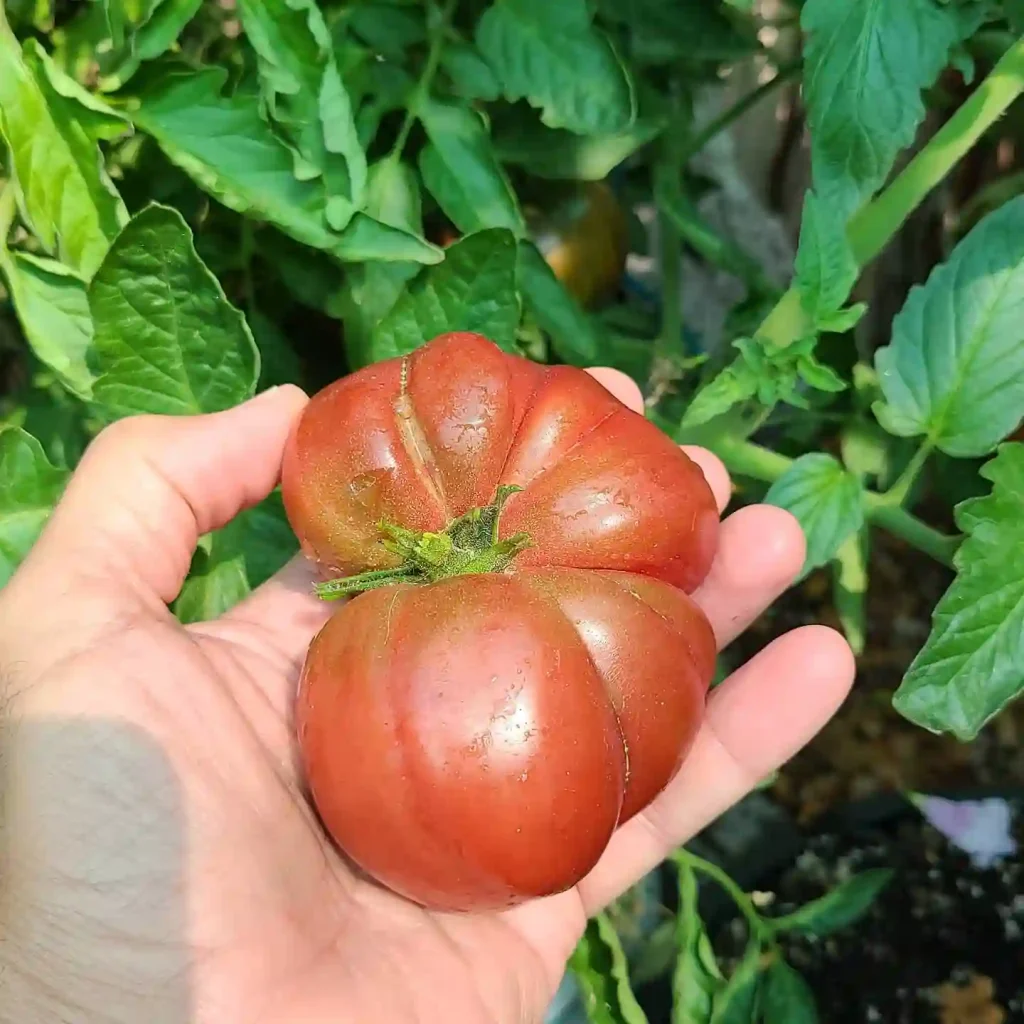What Is Clethra Sixteen Candles?
Clethra Sixteen Candles, also known as Clethra alnifolia ‘Sixteen Candles’, is a compact and charming deciduous shrub renowned for its fragrant summer blooms. This cultivar of Clethra alnifolia, or Summersweet, is celebrated for its spiky white or pale pink flowers that resemble candles, giving the plant its distinctive name. It typically grows to about 3 to 4 feet tall and wide, making it an excellent choice for smaller gardens or as a focal point in mixed borders.
87 Species in Genus Clethra
How to Care for Clethra Sixteen Candles?
Caring for Clethra Sixteen Candles is relatively straightforward, making it a great choice for both novice and experienced gardeners. Here are some key care tips:
- Sunlight: Clethra Sixteen Candles thrives in full sun to partial shade. While it can handle some shade, it generally blooms best with at least a few hours of direct sunlight each day.
- Soil: This plant prefers moist, well-drained soil with a slightly acidic to neutral pH. It can tolerate wet conditions but does not do well in overly dry or waterlogged soil.
- Watering: Regular watering is crucial, especially during dry periods. Keep the soil consistently moist but not soggy. Mulching around the base can help retain moisture and reduce weeds.
- Fertilizing: Feed Clethra Sixteen Candles with a balanced, slow-release fertilizer in early spring before new growth begins. Avoid over-fertilizing, as this can lead to excessive foliage growth at the expense of blooms.
- Pruning: Pruning is best done immediately after flowering. Remove spent blooms and shape the shrub to encourage a dense, attractive form. Avoid heavy pruning, as it may reduce the number of flowers the following year.
How to Propagate Clethra Sixteen Candles?
Propagating Clethra Sixteen Candles can be done through several methods:
- Cuttings: Take 4- to 6-inch cuttings from the tips of healthy stems in late summer. Dip the cut ends in rooting hormone and plant them in a pot with a mix of peat and perlite. Keep the cuttings in a warm, humid environment until roots develop.
- Seeds: Clethra can also be propagated from seeds. Sow seeds in a cold frame or indoors in early spring. Keep the soil moist and at a temperature of around 70°F (21°C) until germination.
- Division: For mature plants, division is another effective method. In early spring or fall, carefully dig up the shrub, separate the root ball into sections, and replant each section in a new location.
What to Plant With Clethra Sixteen Candles?
Clethra Sixteen Candles pairs well with a variety of plants, enhancing its beauty and providing a diverse garden landscape:
- Hostas: Their broad foliage complements the slender blooms of Clethra, and they thrive in similar soil and moisture conditions.
- Astilbes: Their feathery flowers and similar moisture needs make them a good companion plant for Clethra, adding texture and color to the garden.
- Heucheras: The contrasting foliage colors of Heucheras provide a striking backdrop for Clethra’s white or pink blooms.
- Ferns: They add a lush, green texture that contrasts nicely with Clethra’s flowers and provides a natural woodland look.
Is Clethra Sixteen Candles Toxic?
Clethra Sixteen Candles is not known to be toxic to humans or pets. This makes it a safe choice for family gardens and landscapes where children and animals play. However, as with many plants, it’s always best to monitor for any allergic reactions or unusual behavior if ingested.
Benefits of Clethra Sixteen Candles
- Fragrance: One of the standout features of Clethra Sixteen Candles is its sweet, pleasant fragrance. The blooms attract pollinators like bees and butterflies, enhancing the biodiversity of your garden.
- Seasonal Interest: This shrub provides interest throughout the seasons. Its summer blooms are followed by attractive autumn foliage, adding color and texture to your garden.
- Low Maintenance: Clethra Sixteen Candles is relatively low maintenance compared to many flowering shrubs. Its tolerance for varying light conditions and soil types makes it versatile and easy to grow.
Common Problems
- Powdery Mildew: In humid conditions, Clethra Sixteen Candles can be susceptible to powdery mildew. To manage this, ensure good air circulation around the plant and avoid overhead watering.
- Pests: While generally pest-resistant, watch for occasional infestations of aphids or spider mites. Regular inspection and appropriate insecticidal soap or natural predators can help manage these issues.
Compare with Other Similar Plants
Clethra Sixteen Candles is often compared to other flowering shrubs such as:
- Clethra alnifolia ‘Hummingbird’: While similar in some respects, ‘Hummingbird’ tends to be a bit smaller and has a slightly different bloom shape.
- Spiraea japonica ‘Little Princess’: This plant also offers compact growth and summer blooms but typically has a different flower structure and does not have the same fragrant quality as Clethra.
In conclusion, Clethra Sixteen Candles is a delightful shrub that brings fragrance, beauty, and ease of care to any garden. Its compatibility with various companion plants and minimal maintenance requirements make it a standout choice for garden enthusiasts. Whether you’re new to gardening or a seasoned pro, Clethra Sixteen Candles is a wonderful addition to your green space.
If i die, water my plants!



